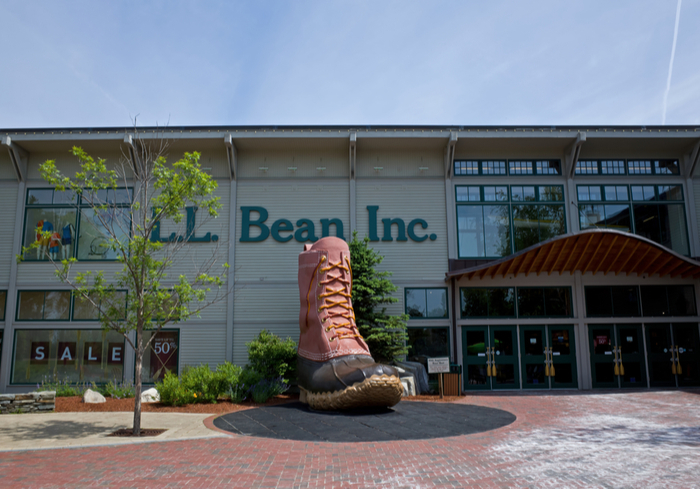After discovering that its customers have been misusing its generous return policy, L.L. Bean is changing its rules for returns. Customers had been able to return products years after buying them from L.L. Bean, but the retailer said on Friday (Feb. 9) that customers will now be limited to a one-year return window, the Wall Street Journal reported.
Prior to the change in policy, L.L. Bean had believed that it would gain more in brand reputation and customer relationships than it would lose on the cost of the returns. But customers have been abusing the policy, making it hard for the retailer to continue offering a lifetime return window.
“For over 100 years, our guarantee has worked just fine, but in the past five years in particular, our guarantee has been misinterpreted as a lifetime product replacement program and we have seen a large influx of returns that have nothing to do with product quality or satisfaction,” the company said in a statement published in WSJ.
In all, returns have cost the company $250 million the past five years. Returns have been a long part of L.L. Bean’s history. Around 1912, customers returned the company’s leather and rubber bottomed shoes en masse due to poor quality. As a result, the retailer issued refunds — and sent more mailings to its customers.
While L.L. Bean’s flexible return policy might not have worked for the retailer, in general, consumers are thinking of returns prior to placing an order. In fact, the majority of consumers want to know that they can return an item long before they make a purchase.
According to a B2C Europe study, more than half of all consumers consider returning the item long before they decide to buy it and will actively seek to learn the merchant’s return policy. And the preferred policy for U.S. consumers tended toward a “no questions asked,” easy-to-use returns process. More than two-thirds of U.S. consumers said they considered return policies in advance of purchase; exactly two-thirds demand return shipping. Nearly half (47 percent) noted the ability to print a return label as being particularly important.
Advertisement: Scroll to Continue




